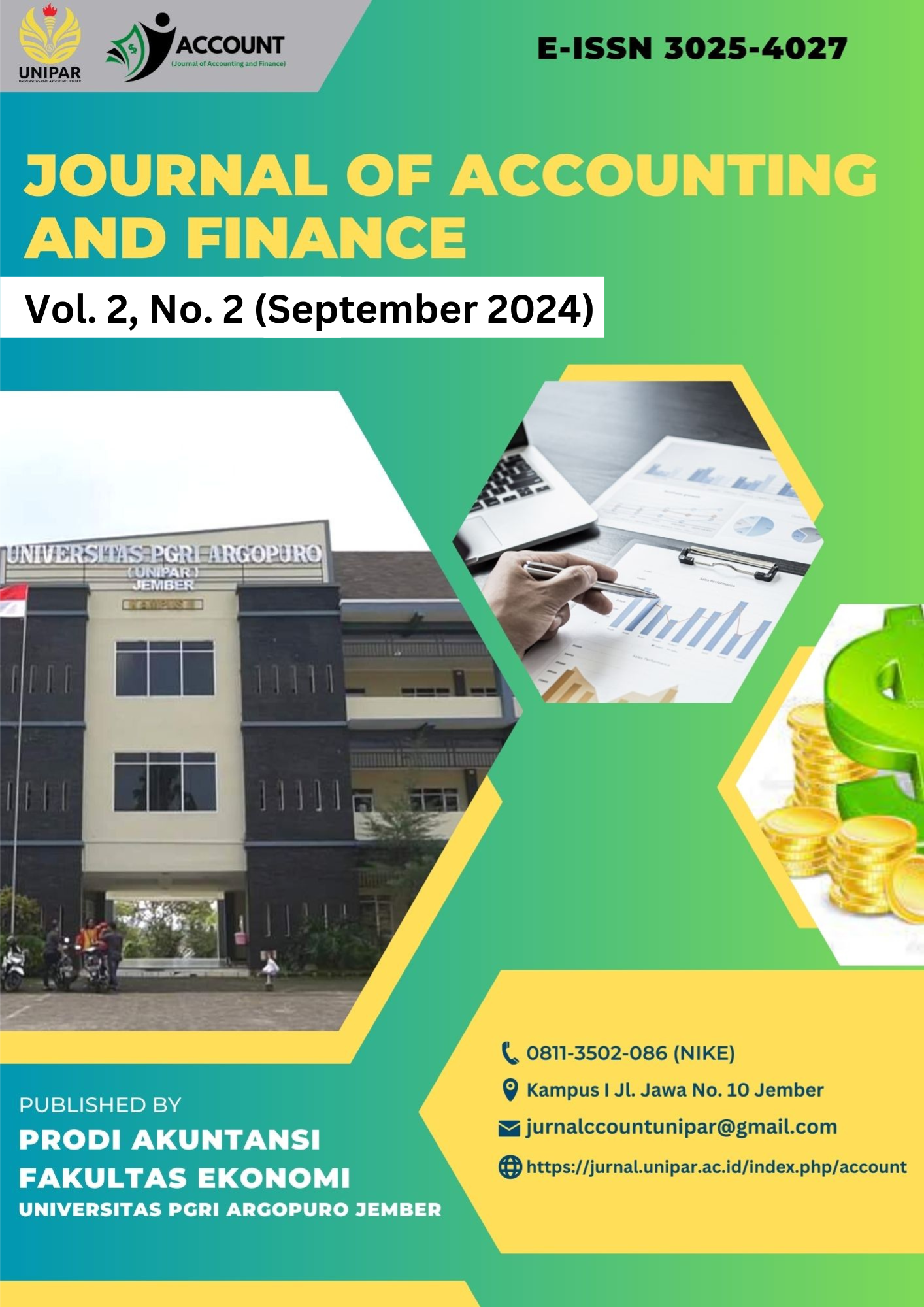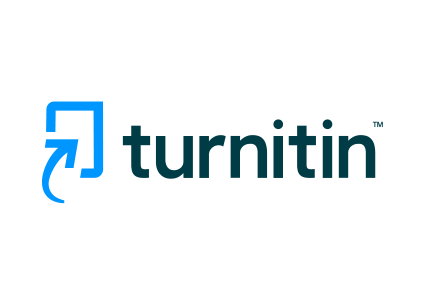Penerapan Standar Akuntansi Keuangan EMKM Pada Laporan Laba Rugi di Kedai Hobi Kopi Kecamatan Ambulu Kabupaten Jember
DOI:
https://doi.org/10.31537/account.v2i2.2181Keywords:
SAK EMKM, Profits and Loss ReportAbstract
SAK EMKM is used by entities that do not or have not been able to fulfill the accounting requirements regulated in SAK ETAP. In SAK EMKM, the entity's financial statements are prepared using basic accrual and business continuity assumptions, as used by micro, small and medium entities and using the business entity concept. This research aims to determine the application of SAK EMKM to the profit and loss report at the "Hobi Kopi" Shop, Ambulu District, Jember Regency. This research uses a qualitative descriptive approach and analyzes the data using a profit and loss report form based on SAK EMKM. The results of this research show that Kedai Hobi Kopi's profit and loss recording is not in accordance with SAK EMKM. The SAK EMKM explains that there are items in the Profit and Loss Report, namely income, operating expenses, other expenses and tax expenses. Meanwhile, Kedai Hobi Kopi's profit and loss report presents COGS where the COGS contains operating expenses which should be separated for each type of expense. There are still expense accounts that have not been included in the income statement, such as asset depreciation expenses and asset repair expenses. After implementing SAK EMKM in the profit and loss report, there is no difference in the nominal profit achieved because basically the expenses presented by Kedai Hobi Kopi are in accordance with the expense rules based on SAK EMKM.




